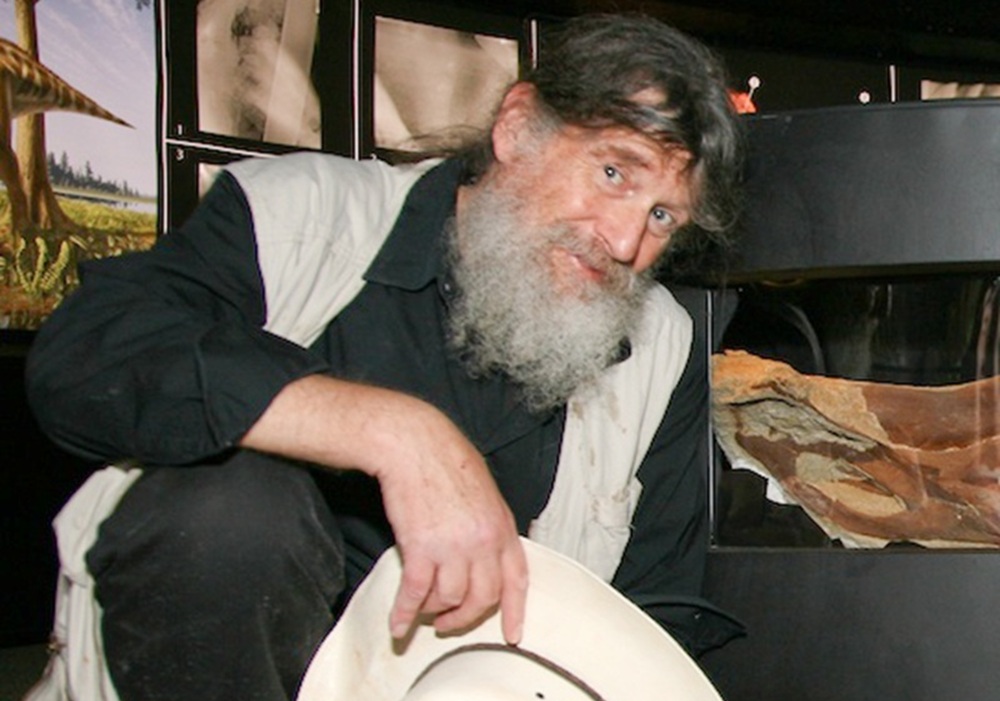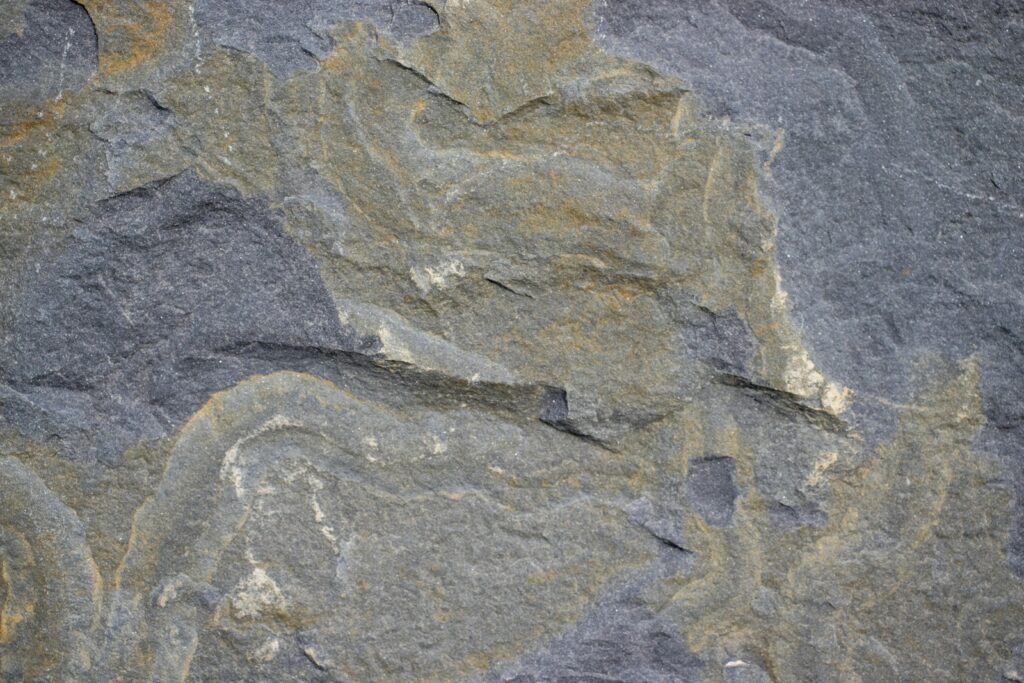In the conservative world of paleontology during the 1960s and 70s, one bearded, hat-wearing maverick dared to challenge the established view of dinosaurs as slow, cold-blooded reptiles. Robert T. Bakker, with his unorthodox theories and passionate advocacy, revolutionized our understanding of these ancient creatures and helped transform dinosaurs in the public imagination from sluggish lizards to dynamic, active animals. His contributions extended beyond scientific papers to popular culture, where his influence can be felt in everything from “Jurassic Park” to modern museum displays. This article explores how Bakker’s rebellious spirit and scientific insights forever changed our perception of dinosaurs and helped establish the modern view that many dinosaurs were warm-blooded, active creatures.
Early Life and Academic Foundations
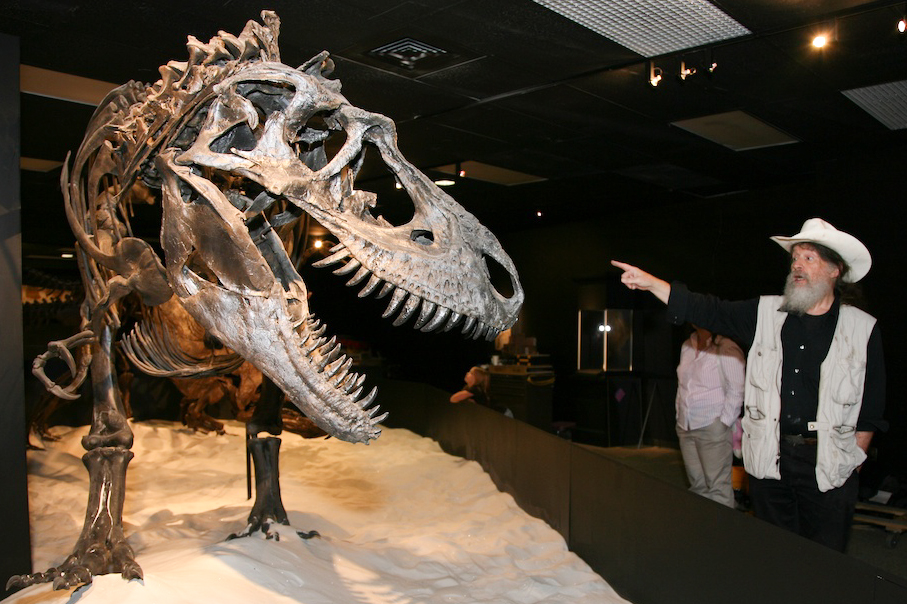
Born in 1945, Robert T. Bakker developed a fascination with dinosaurs at an extraordinarily young age, reportedly becoming entranced with them as early as five years old after seeing dinosaur illustrations at the American Museum of Natural History. Unlike many childhood obsessions, Bakker’s interest only intensified as he grew older, eventually leading him to pursue paleontology at Yale University. During his undergraduate years, he studied under the renowned paleontologist John Ostrom, whose discovery of Deinonychus would prove instrumental in challenging prevailing views about dinosaur physiology. Bakker’s formal education continued at Harvard University, where he earned his Ph.D. in 1976, though by this time he had already begun publishing revolutionary papers that would shake the foundations of dinosaur science. This academic pedigree provided him with the credentials to support the radical ideas he would champion throughout his career, though his methods and presentation would often put him at odds with the scientific establishment.
The Cold-Blooded Consensus Before Bakker

When Bakker began his career, the scientific consensus viewed dinosaurs as essentially oversized lizards – cold-blooded, slow-moving, and not particularly intelligent creatures. This perspective had been established in the late 19th century, primarily through the influence of paleontologist Richard Owen and later reinforced by scientists like Henry Fairfield Osborn. Museum exhibits typically portrayed dinosaurs as tail-dragging, swamp-dwelling behemoths that were evolutionary dead ends rather than successful animals in their own right. Textbooks described them as physiologically reptilian, requiring external heat sources to warm their bodies and maintaining relatively low metabolic rates. This conventional view also positioned dinosaurs as fundamentally inferior to mammals, suggesting that their extinction was inevitable as they could not compete with more “advanced” warm-blooded animals. This entrenched perspective was what the young, iconoclastic Bakker would challenge head-on, armed with new evidence and a fresh interpretation of dinosaur biology.
Bakker’s Revolutionary Paper: “Dinosaur Renaissance”
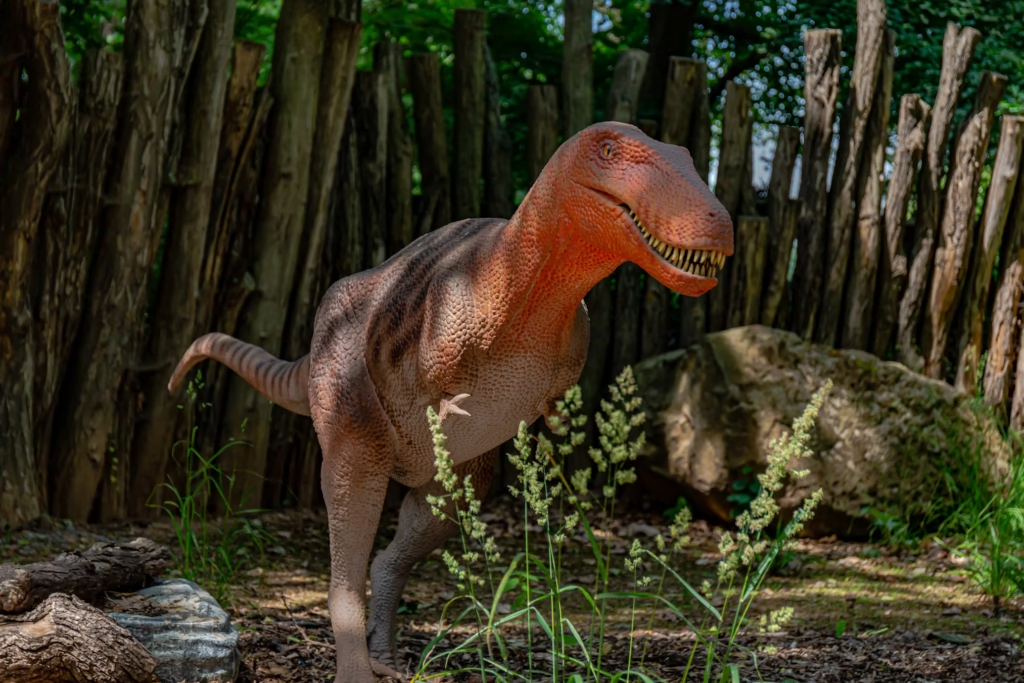
In 1975, Bakker published what would become one of the most influential papers in modern paleontology, “Dinosaur Renaissance,” in Scientific American. This groundbreaking work presented compelling evidence that dinosaurs were actually warm-blooded, active creatures more similar to birds than to modern reptiles. Bakker meticulously outlined multiple lines of evidence for dinosaur endothermy (warm-bloodedness), including bone structure, predator-prey ratios in fossil ecosystems, and posture. The paper was revolutionary not only in its scientific arguments but also in its accessibility to the general public, featuring Bakker’s own distinctive illustrations that portrayed dinosaurs as dynamic, athletic animals. “Dinosaur Renaissance” served as both a scientific rallying cry and a public manifesto, presenting a comprehensive case for rethinking dinosaur biology while simultaneously capturing the imagination of readers outside the scientific community. This dual impact made the paper particularly effective at shifting both scientific consensus and public perception, setting the stage for the dinosaur renaissance that would follow in subsequent decades.
The Evidence for Warm-Blooded Dinosaurs
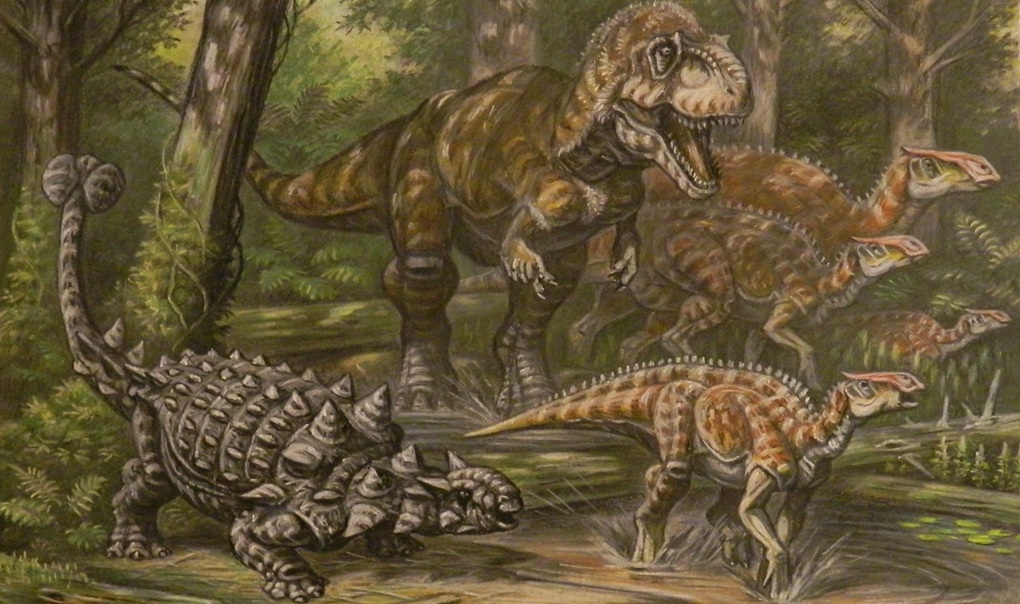
Bakker assembled an impressive array of evidence supporting the warm-blooded dinosaur hypothesis, drawing from multiple scientific disciplines. One of his most compelling arguments came from examining predator-prey ratios in fossil ecosystems, noting that dinosaur communities had predator proportions similar to modern mammalian communities rather than reptilian ones. He also pointed to dinosaur bone microstructure, which showed Haversian canals and growth patterns more similar to those found in birds and mammals than in reptiles. The upright, bird-like posture of many dinosaurs, particularly theropods, suggested high activity levels that would be difficult to maintain with a reptilian metabolism. Additionally, Bakker highlighted the existence of dinosaurs in polar regions where cold-blooded animals would struggle to survive the seasonal temperature variations. Perhaps most convincingly, he noted that the closest living relatives of dinosaurs – birds – are endothermic, suggesting this trait may have evolved earlier than previously thought in the dinosaur lineage. This multifaceted approach strengthened Bakker’s case considerably, as the convergence of evidence from different fields pointed toward the same conclusion.
The Dinosaur Heresies: Bakker’s Landmark Book

In 1986, Bakker published “The Dinosaur Heresies,” a book that would cement his reputation as both a scientific revolutionary and a gifted science communicator. This accessible yet scientifically rigorous work expanded on his earlier papers, presenting a comprehensive case for warm-blooded, active dinosaurs to a general audience. The book challenged no fewer than thirteen conventional beliefs about dinosaurs, questioning everything from their cold-bloodedness to their supposed evolutionary failure. With engaging prose and Bakker’s own distinctive illustrations, “The Dinosaur Heresies” brought complex paleontological concepts to life for readers without specialized scientific training. The book’s impact extended far beyond academic circles, influencing a generation of dinosaur enthusiasts and helping to reshape public perception of these ancient creatures. “The Dinosaur Heresies” remains a milestone in popular science writing, demonstrating how effective scientific communication can accelerate paradigm shifts within both the scientific community and the broader culture.
Bakker’s Unconventional Style and Persona
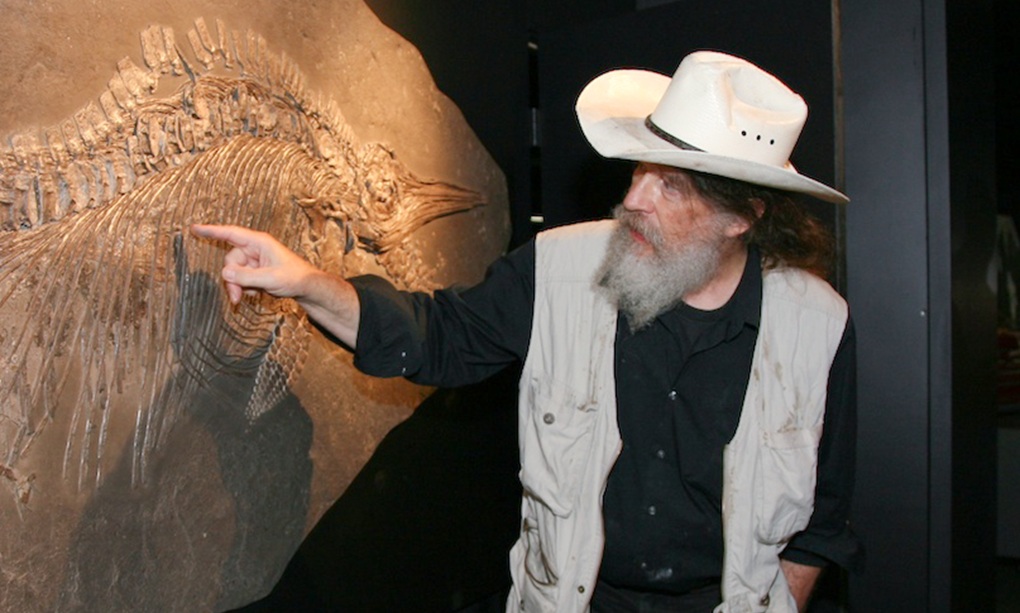
As distinctive as his theories was Bakker’s unforgettable persona, which broke sharply with the conservative image of traditional scientists. With his flowing beard, wide-brimmed hat, and cowboy boots, Bakker cultivated an image more reminiscent of a Wild West figure than an Ivy League-educated paleontologist. His theatrical presentation style during lectures and interviews, complete with animated demonstrations and hand-drawn illustrations, made him a media favorite and a compelling ambassador for dinosaur science. Bakker embraced this public-facing role, appearing in numerous documentaries and television programs where his enthusiasm proved infectious. His willingness to speak in absolute terms about his theories – sometimes before consensus had been reached – frustrated more cautious colleagues but undeniably drove public interest in paleontology. This colorful persona occasionally led to his scientific contributions being undervalued by peers, who sometimes dismissed him as a showman rather than a serious researcher. Nevertheless, Bakker’s distinctive style ultimately helped democratize dinosaur science, making complex paleontological concepts accessible and exciting to people of all ages.
Scientific Resistance and Controversy

Bakker’s theories, presented with his characteristic certainty and flair, encountered significant resistance within the scientific community. Established paleontologists like Alan Charig and Ostrom’s own mentor, Alfred Romer, remained skeptical of the warm-blooded dinosaur hypothesis, arguing that Bakker was overstating the evidence and making too many assumptions. The debate often became heated, with critics questioning not just Bakker’s conclusions but his methods and scientific rigor. Some paleontologists took issue with what they perceived as Bakker’s tendency to present theories as facts before they had been adequately tested. The controversy was exacerbated by Bakker’s media presence, which some colleagues viewed as seeking publicity at the expense of scientific caution. At paleontology conferences throughout the 1970s and 80s, discussions about dinosaur physiology frequently devolved into passionate arguments, with Bakker often at the center of the storm. This resistance, while sometimes personal and uncomfortable, ultimately strengthened the scientific process by forcing both sides to gather more evidence and refine their arguments as the debate continued over decades.
The Dinosaur-Bird Connection

Central to Bakker’s warm-blooded dinosaur theory was the evolutionary relationship between dinosaurs and birds, a connection he championed when it was still controversial. Building on John Ostrom’s work with Deinonychus, Bakker emphasized the numerous anatomical similarities between theropod dinosaurs and modern birds, arguing that many features previously considered uniquely avian – including possibly feathers and warm-bloodedness – likely originated within dinosaur lineages. He frequently highlighted the remarkably bird-like features of creatures like Velociraptor and other dromaeosaurids, using them as evidence for active, warm-blooded lifestyles among dinosaurs. Bakker’s illustrations often depicted small theropods in bird-like poses, emphasizing their potential agility and predatory prowess. This dinosaur-bird connection, once considered fringe, has been thoroughly validated by subsequent fossil discoveries, particularly the feathered dinosaurs from China’s Liaoning Province that emerged in the 1990s. The confirmation of feathered non-avian dinosaurs stands as one of the most profound validations of Bakker’s early insights, demonstrating his scientific prescience despite the skepticism he originally faced.
Impact on “Jurassic Park” and Popular Culture

Bakker’s revolutionary vision of dinosaurs as active, intelligent creatures profoundly influenced popular culture, most notably through Michael Crichton’s novel “Jurassic Park” and Steven Spielberg’s subsequent film adaptation. Crichton explicitly acknowledged Bakker’s influence, even including a character – the bearded, maverick paleontologist Dr. Alan Grant – who many readers recognized as partially inspired by Bakker. When Spielberg brought dinosaurs to life on screen in 1993, they moved with the agility and intelligence that Bakker had long advocated, permanently altering public perception of these ancient animals. Beyond “Jurassic Park,” Bakker’s influence can be seen in countless dinosaur documentaries, books, and museum exhibits that now routinely depict dinosaurs as active, often social creatures rather than lumbering reptiles. His artistic renderings of dinosaurs, with their dynamic poses and naturalistic settings, established a new visual language for paleontological illustration that continues to influence how artists reconstruct extinct animals. Through these various cultural touchpoints, Bakker’s theories reached millions who might never read a scientific paper, fundamentally reshaping how ordinary people imagine dinosaurs.
Modern Consensus: Were Bakker’s Theories Validated?

The contemporary scientific consensus has largely vindicated Bakker’s core assertions, though with important nuances that reflect the complexity of dinosaur evolution. Most paleontologists now accept that many dinosaurs, particularly theropods and other bird-like groups, possessed elevated metabolic rates compared to typical reptiles, though perhaps not identical to modern mammals and birds. The discovery of numerous feathered dinosaur specimens from China has confirmed Bakker’s predictions about the dinosaur-bird connection and provided strong evidence for endothermy in many dinosaur lineages. Modern research techniques, including bone histology and isotope analysis, have revealed growth rates in many dinosaurs consistent with warm-bloodedness rather than typical reptilian metabolism. However, the scientific community now recognizes greater physiological diversity among dinosaurs than Bakker initially proposed, with some groups likely possessing intermediate metabolic strategies rather than full endothermy. Large sauropods, for instance, may have been gigantothermic – maintaining stable body temperatures through sheer size rather than bird-like metabolism. This nuanced view represents neither a complete validation nor rejection of Bakker’s ideas, but rather their refinement and integration into a more complex understanding of dinosaur biology.
Bakker’s Later Career and Continued Contributions
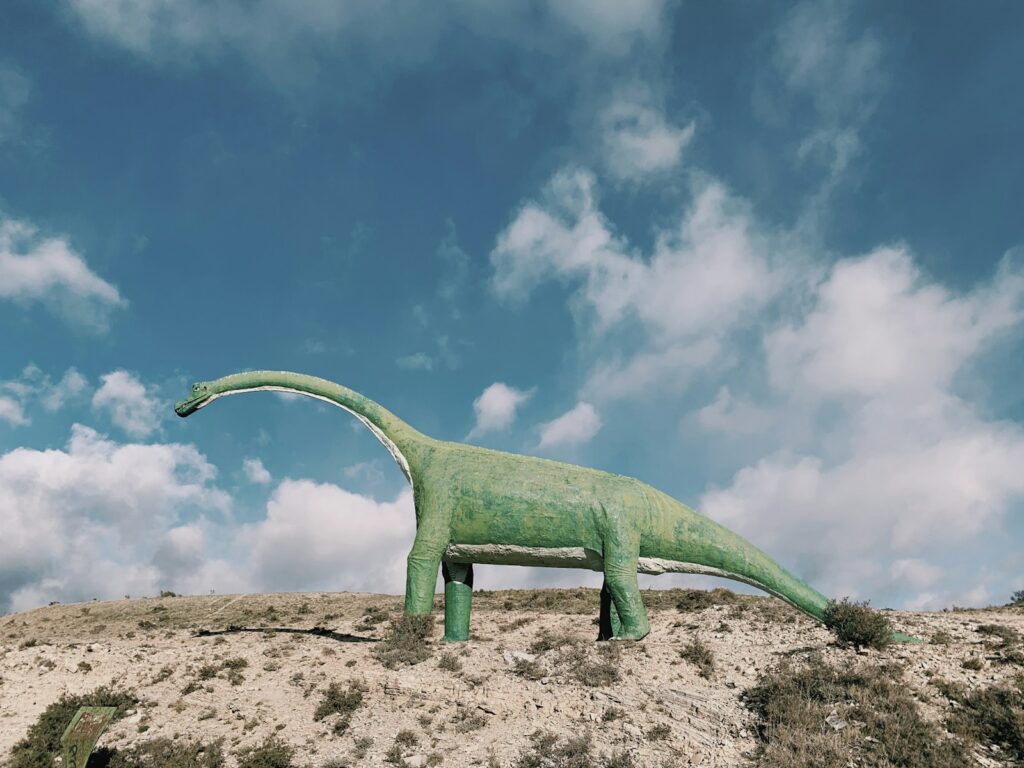
In the decades following his revolutionary early work, Bakker continued to contribute to paleontology while sometimes pursuing unconventional paths within the field. He served as curator of paleontology at the Houston Museum of Natural Science and maintained an active fieldwork schedule, conducting numerous excavations primarily in the American West. Bakker’s later research interests expanded beyond dinosaur physiology to include broader questions about prehistoric ecosystems and extinction patterns. He developed theories about disease as a factor in dinosaur extinction, proposing that pandemic illnesses might have contributed to the end-Cretaceous extinction event alongside or instead of the asteroid impact. Throughout this period, Bakker remained committed to public education, regularly conducting workshops for children and writing popular books about prehistoric life, including a children’s novel titled “Raptor Red” that imagines life from a Utahraptor’s perspective. While no longer the central controversial figure in dinosaur science, Bakker continued to influence the field through both his research and his outreach efforts, maintaining his distinctive approach to paleontology that balances scientific rigor with accessibility and imagination.
Legacy and Influence on New Generations of Paleontologists
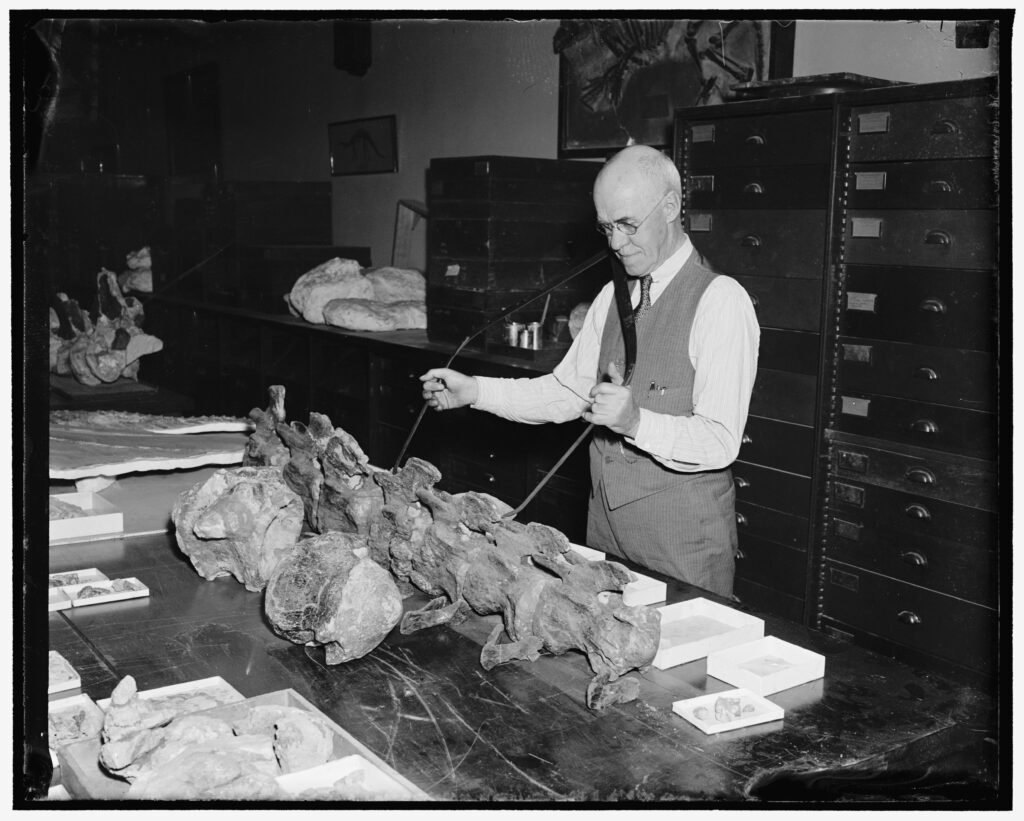
Bakker’s greatest legacy may be the generation of paleontologists he inspired, many of whom credit his work as their initial attraction to the field. Prominent researchers like Paul Sereno, Philip Currie, and Thomas Holtz have acknowledged Bakker’s influence on their early interest in dinosaurs, even as they developed their own distinctive approaches to paleontology. Bakker helped transform dinosaur studies from a relatively staid discipline into one of the most dynamic areas of modern science, attracting talented researchers who might otherwise have pursued different fields. His emphasis on integrating multiple lines of evidence – from anatomy to ecology to biomechanics – helped establish the interdisciplinary approach that characterizes contemporary paleontology. Perhaps most importantly, Bakker demonstrated the value of challenging established paradigms and thinking creatively about fossil evidence, establishing a precedent for theoretical boldness that continues to invigorate the field. The current golden age of paleontology, with new dinosaur species being discovered at unprecedented rates and sophisticated technologies revealing previously unimaginable details about ancient life, builds directly upon the foundation Bakker helped establish through his willingness to reimagine dinosaurs as living, breathing animals rather than mere museum curiosities.
Conclusion

Robert T. Bakker’s revolutionary ideas about warm-blooded dinosaurs fundamentally transformed both scientific understanding and public perception of these ancient creatures. From a bearded graduate student sketching dynamic dinosaurs to a respected if controversial figure in paleontology, Bakker’s journey illustrates how scientific paradigms shift—often driven by passionate individuals willing to challenge convention. While modern views have added nuance to his theories, recognizing metabolic diversity among dinosaur groups, the central insight that many dinosaurs were active, warm-blooded animals has been vindicated. Through his scientific publications, popular writing, and unmistakable public presence, Bakker helped bring dinosaurs to life in the modern imagination, transforming them from evolutionary failures to successful, fascinating creatures worthy of our continued study and admiration. His legacy lives on in museum halls, scientific literature, and the minds of countless scientists and dinosaur enthusiasts inspired by his revolutionary vision.

